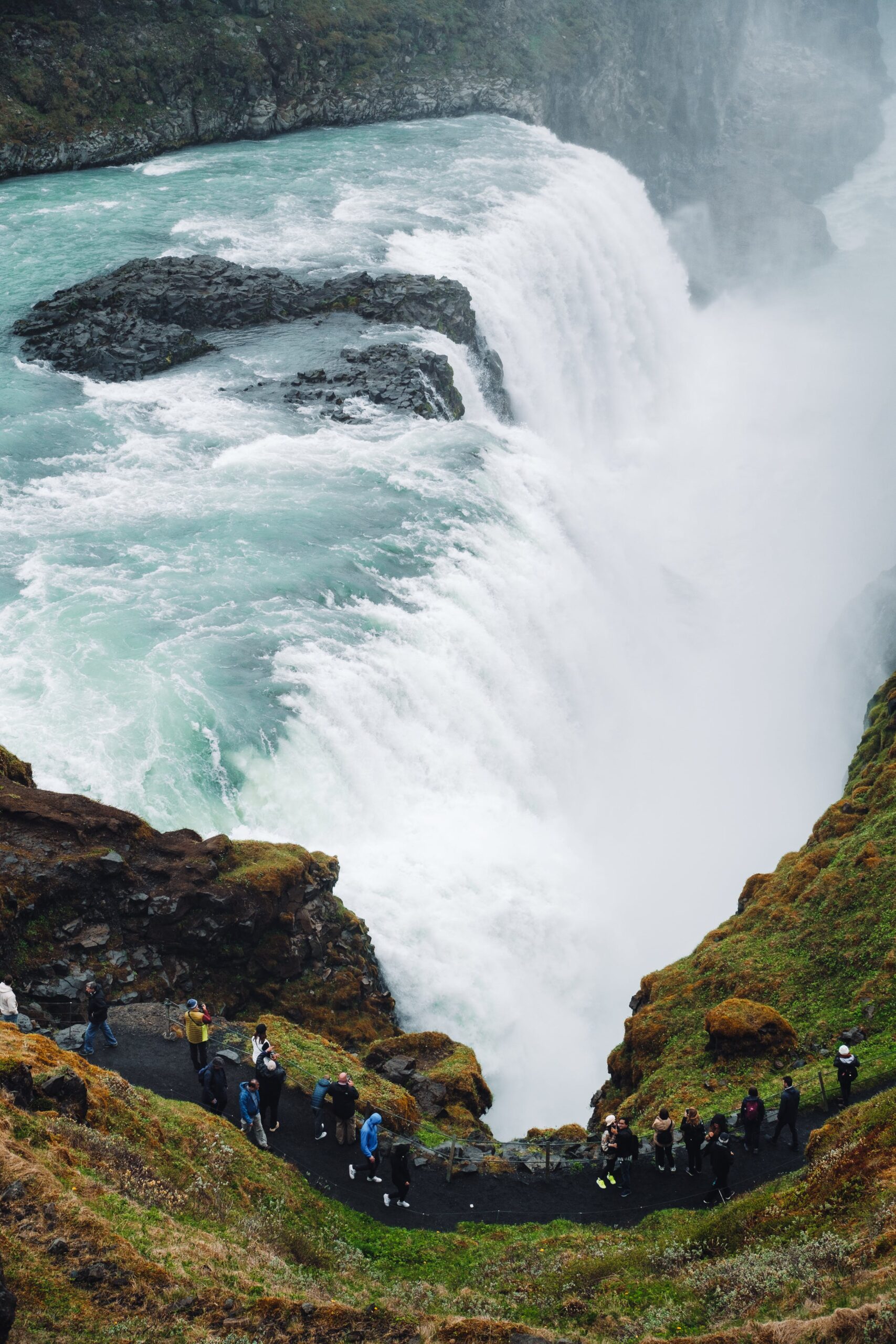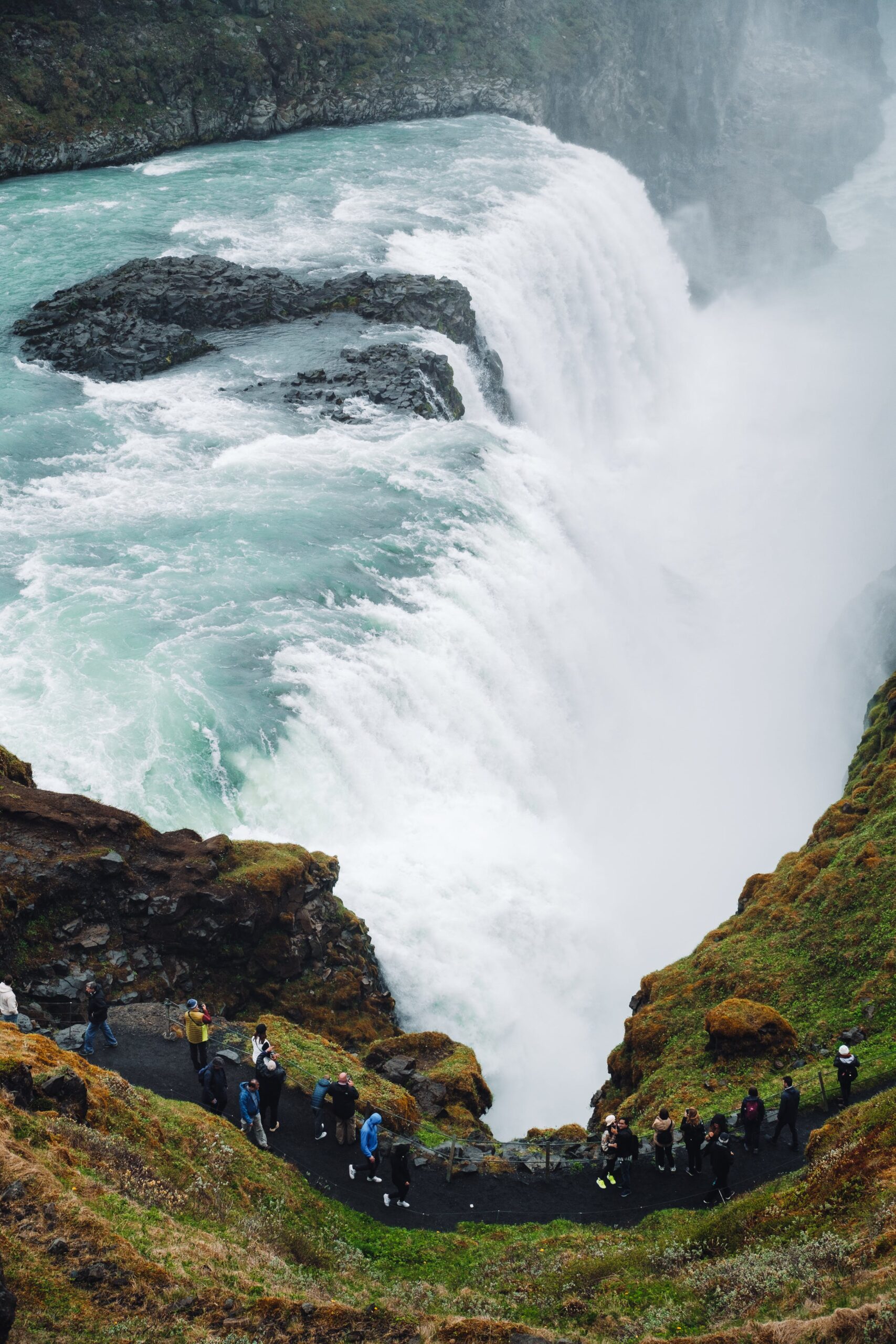Living in regions with well water conservation landscaping poses a unique challenge when it comes to ensuring the safety of your well water. As you strive to balance environmental conservation with personal health and safety, it becomes crucial to understand the potential risks and take necessary precautions. In this article, we will explore practical tips and strategies that can help you navigate the complexities of maintaining well water safety in regions with well water conservation landscaping, so you can enjoy the benefits of sustainable living without compromising your health.
Importance of Well Water Safety
Understanding the significance of well water safety
Ensuring the safety of well water is of paramount importance as it directly impacts both our health and the environment. Many people rely on private wells as their source of drinking water, making it crucial to understand the potential risks and take proactive measures to maintain its safety. With the increasing popularity of well water conservation landscaping, it is essential to be well-informed about the challenges posed by such practices and how they can affect the quality of our well water.
Challenges posed by well water conservation landscaping
Well water conservation landscaping refers to the use of specific techniques and practices that aim to reduce water consumption in outdoor spaces, such as gardens and yards. While this approach offers numerous benefits in terms of water conservation and environmental sustainability, it also presents challenges when it comes to ensuring the safety of well water. The use of certain landscaping materials, such as mulch or compost, can contribute to the introduction of contaminants into the groundwater, potentially compromising the quality of well water. Therefore, it is essential to strike a balance between water conservation efforts and maintaining the safety of our well water.
Understanding Well Water Conservation Landscaping
Explaining the concept of well water conservation landscaping
Well water conservation landscaping involves implementing various techniques and practices that aim to reduce water usage while maintaining an aesthetically pleasing outdoor space. These techniques often focus on optimizing water retention and preventing water runoff. By utilizing drought-tolerant plants, incorporating efficient irrigation systems, and implementing proper soil management techniques, individuals can significantly reduce their water consumption without compromising the beauty of their landscapes.
Techniques used in well water conservation landscaping
Several techniques can be employed in well water conservation landscaping to ensure minimal water waste. One common approach is the use of native or drought-tolerant plants, which are adapted to local conditions and require less water compared to non-native species. Additionally, installing a rainwater harvesting system allows for the collection and storage of rainwater for later irrigation use. The use of mulch or compost helps retain moisture in the soil, reducing the frequency of watering. These techniques, when implemented thoughtfully, can contribute to water conservation efforts without putting the safety of well water at risk.

Potential Risks to Well Water Safety
Identifying potential risks to well water safety
Despite the benefits of well water conservation landscaping, there are risks associated with certain practices that can potentially impact the safety of well water. The use of certain landscaping materials, such as pesticides, chemical fertilizers, and improperly composted materials, can introduce harmful contaminants into the groundwater. Additionally, inadequate management of garden pests can lead to the overuse of pesticides, further contributing to potential contamination. Understanding and addressing these risks is crucial for maintaining the safety of well water.
Effects of contaminants on health and the environment
Contaminants present in well water can have adverse effects on both human health and the environment. Microbial contaminants, such as bacteria and viruses, can cause illnesses such as gastrointestinal infections and flu-like symptoms. Chemical contaminants, including pesticides and fertilizers, may pose long-term health risks, such as reproductive issues and increased cancer risk. Moreover, these contaminants can seep into the environment, contaminating nearby water bodies, impacting wildlife, and disrupting ecological balance. It is vital to minimize the introduction of contaminants to protect both ourselves and the environment.
Measures for Well Water Testing
Frequency of well water testing
Regular testing of well water is essential to ensure its safety. The recommended frequency of testing depends on various factors, including local regulations, the well’s age, and the presence of potential contamination sources nearby. In general, testing at least once a year is advisable. However, if there are specific concerns, such as changes in water quality or nearby construction activities, more frequent testing may be necessary. Consulting with local health departments or water testing laboratories can provide valuable guidance on the appropriate testing schedule for your well.
Types of tests for well water safety
Different types of tests can help assess the safety of well water. The basic test includes analyzing the water for coliform bacteria, a group of bacteria commonly found in the environment. Additional tests may be necessary to identify specific contaminants such as nitrates, heavy metals, pesticides, or volatile organic compounds (VOCs). It is important to choose a certified laboratory to ensure accurate results. Based on the test results, appropriate measures can be taken to address any potential issues and maintain the safety of well water.

Well Maintenance and Upkeep
Importance of regular well maintenance
Regular maintenance of your well is crucial for its optimal performance and to ensure the safety of your well water. Over time, wells may develop issues such as mechanical failures, bacterial contamination, or declining water quality. Conducting routine maintenance and inspections can help identify and address these problems before they become significant health or environmental hazards. By proactively maintaining your well, you can extend its lifespan, improve water quality, and protect against potential risks.
Common well maintenance practices
Several routine practices can help maintain the functionality and safety of your well. Regularly inspecting and cleaning any well casing openings or covers can prevent debris, insects, or rodents from entering the well and affecting water quality. Ensuring proper sealing of the well cap or seal prevents the infiltration of surface water and potential contaminants. Monitoring the water level and flow rate can help detect any changes that might indicate a problem with the well. Lastly, it is essential to keep accurate records of maintenance activities, inspections, and water testing results for future reference.
Choosing Safe Landscaping Practices
Selecting appropriate landscaping materials
Choosing safe and environmentally friendly landscaping materials is key to maintaining well water safety. Opt for organic mulches made from natural materials like wood chips, straw, or leaves, as they decompose slowly, offer moisture retention, and do not introduce harmful chemicals into the groundwater. Avoid using treated wood or rubber mulch, as they may contain toxic substances that can leach into the soil and impact water quality. When selecting fertilizers, opt for organic or slow-release formulations that minimize the risk of nutrient runoff. Carefully selecting and using non-toxic landscaping materials is crucial for the overall well-being of your well water.
Avoiding harmful chemicals and pollutants
To maintain the safety of well water, it is essential to avoid the use of harmful chemicals and pollutants in your landscaping practices. Minimizing or eliminating pesticide use can significantly reduce the risk of contaminating well water. Instead, consider implementing natural pest control methods, such as companion planting, introducing beneficial insects, or using organic pest control products. Additionally, avoid using chemical herbicides or fertilizers near your well or in areas where runoff can reach the well. By adopting these practices, you can ensure that your well water remains free from unnecessary pollutants.

Proper Management of Garden Pests
Natural pest control methods
Managing garden pests without relying heavily on pesticides is not only safer for the environment but also contributes to well water safety. Implementing natural pest control methods can help minimize the need for chemical interventions. Companion planting, for example, involves growing certain plant species together to deter pests naturally. Introducing beneficial insects, such as ladybugs or praying mantises, can help control pest populations. Additionally, handpicking pests, using physical barriers, or applying organic pest control products derived from natural ingredients can effectively manage garden pests without compromising the safety of your well water.
Minimizing pesticide use
While natural pest control methods are effective, there may be instances where pesticide use becomes necessary. However, it is crucial to minimize the use and potential impact of pesticides on well water safety. Carefully read and follow the instructions on pesticide labels, considering application rates, targets, and potential risks. Only use pesticides when necessary, targeting specific pests rather than applying them broadly. Additionally, avoid applying pesticides near your well or in areas where runoff can enter the groundwater. By minimizing pesticide use, you can protect the safety of your well water and contribute to a healthier environment.
Importance of Rainwater Harvesting
Benefits of rainwater harvesting
Rainwater harvesting is a sustainable practice that offers numerous benefits, both for water conservation and well water safety. By collecting and storing rainwater, you can reduce reliance on groundwater sources, effectively conserving water. Rainwater is also naturally soft and low in mineral content, making it ideal for various household uses, including irrigation. Utilizing rainwater for outdoor irrigation reduces the need for well water, thereby minimizing the potential risks associated with the use of well water conservation landscaping practices. Rainwater harvesting is an excellent way to enhance water conservation efforts while ensuring the safety of your well water.
Utilizing rainwater for irrigation purposes
Rainwater collected through harvesting systems can be used for a variety of irrigation purposes. Implementing a rain barrel or a larger rainwater collection system allows you to capture and store rainwater during periods of rainfall. This stored rainwater can then be used to irrigate your gardens, lawns, or outdoor plants during drier periods. By utilizing rainwater for irrigation, you can conserve well water, reduce the risks associated with well water conservation landscaping, and maintain the safety of your well water supply.

Implementing Filtration Systems
Different types of filtration systems
Implementing a filtration system is an effective way to enhance the safety and quality of your well water. There are various types of filtration systems available, each suited for specific types of contaminants or water quality issues. Activated carbon filters are commonly used to remove organic chemicals, chlorine, and volatile organic compounds from the water. Reverse osmosis systems effectively remove dissolved solids, heavy metals, and some contaminants not removed by carbon filters. Ultraviolet (UV) disinfection systems can eliminate bacteria, viruses, and other microorganisms. Selecting the right filtration system depends on the specific needs and potential contamination risks associated with your well water.
Selecting the right filtration system for well water safety
When choosing a filtration system for well water safety, it is crucial to consider the specific contaminants you want to target and the quality of your well water. Consulting with water treatment professionals or conducting a thorough water analysis can provide valuable insights into the appropriate filtration system for your needs. A comprehensive filtration system, combining multiple types of filters, might be necessary to ensure the removal of a wide range of contaminants. Proper installation, regular maintenance, and adherence to manufacturer instructions are key to the effective operation of the filtration system and the safety of your well water.
Educating the Community
Promoting awareness on well water safety
Education and awareness play a vital role in ensuring the safety of well water within communities. By spreading knowledge and information about the potential risks, best practices, and available resources, individuals can make informed decisions to protect their well water. Organizations, educational institutions, and local health departments can organize workshops, seminars, or informational campaigns to raise awareness about well water safety. Sharing valuable insights on the importance of routine testing, proper well maintenance, and safe landscaping practices can empower individuals to take necessary measures and contribute to the overall well-being of their community’s well water.
Encouraging responsible well water usage
Encouraging responsible well water usage is essential in fostering a community that values and safeguards its water resources. By promoting water conservation practices, such as well water conservation landscaping, rainwater harvesting, and efficient irrigation systems, communities can collectively reduce the strain on well water while maintaining its safety. Additionally, encouraging residents to actively participate in maintaining well water safety, such as sharing test results, reporting potential contamination sources, or practicing responsible use of chemicals, can create a culture of accountability and environmental stewardship within the community. Working together towards responsible well water usage ensures the sustainability and safety of this vital resource for future generations.
In conclusion, ensuring the safety of well water in regions with well water conservation landscaping requires a comprehensive approach that balances water conservation efforts with proactive measures to preserve water quality. Understanding the potential risks, implementing proper maintenance practices, selecting safe landscaping materials, managing pests responsibly, utilizing rainwater harvesting, implementing filtration systems, and educating the community are all key components of maintaining well water safety. By being vigilant and incorporating these practices, you can enjoy the benefits of well water conservation landscaping without compromising the purity of your well water. Remember, your actions today will contribute to a safer and more sustainable water supply for the present and future.


